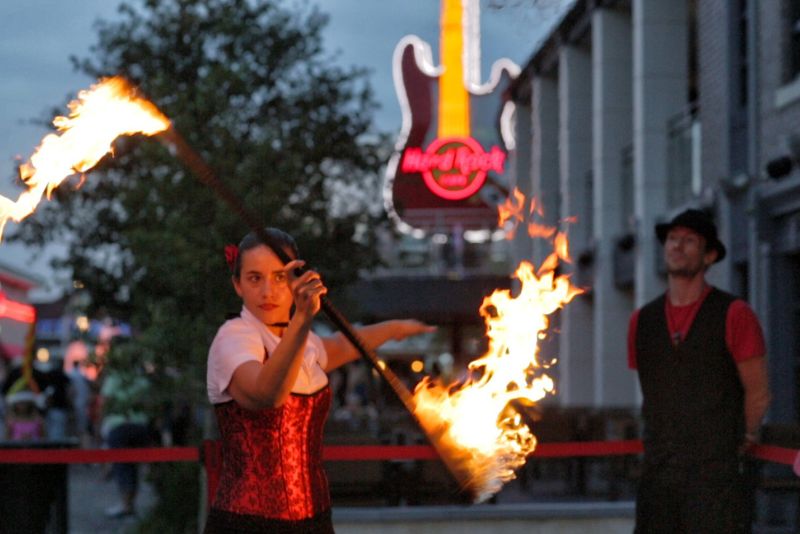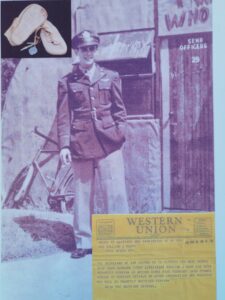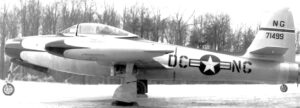The End of an Era
by Melissa LaScaleia
Continued from last month. Click here to read Part 7.
By the early ’90s, the topic of closing the Myrtle Beach Air Force Base again resurfaced. It had been proposed in the past, ever since the end of the Vietnam War, and now it was suggested again.
The base’s proximity to the Grand Strand meant that it wasn’t possible to expand and develop the base further to accommodate additional missions, as it would encroach on the existing infrastructure of the city.
Furthermore, the military had five more bases open around the country than was necessary for the amount of support that they felt was truly needed. And at the same time that there was talk of closing the base, there was talk of inactivating the illustrious 354th Tactical Fighter Wing as well.
The City of Myrtle Beach was opposed to the closure. The base and the personnel and staff who worked there contributed hugely to the economic vibrancy of the city through patronizing local entertainment venues and businesses. Many who worked on the base also lived in the community. Since the base was woven intrinsically into the fabric of the culture of Myrtle Beach, the city worried about its own future and the hole that the base’s closure would inevitably leave, financially, culturally, and emotionally.
To advocate for it staying open, the city posited that the military was overlooking many things in opting for the base’s closure. First, the Myrtle Beach Air Force Base had recently been named one of the best bases in the country. Second, they argued that there was the potential to house a composite wing. They also noted that the base always had the ability to meet the missions assigned to it. Moreover, they felt it remiss of the military to overlook Myrtle Beach Air Force Base as a base which could provide additional close-air support for the Army in any future conflicts.
After great consideration, the military stood in favor of closing the base, and redistributed the base’s A-10 aircraft to other bases around the country to begin the process.
On March 31, 1992, the 355th Fighter Squadron was inactivated and the aircraft were sent to Shaw Air Force Base, in South Carolina. On June 30, 1992, the 356th Fighter Squadron was inactivated, and the aircraft were sent to the Air National Guard. On December 15, 1992, the 353rd Fighter Squadron was inactivated, and the aircraft were send to the Pope Air Force Base in North Carolina.
On March 31, 1993, when the 354th Fighter Wing and all supporting personnel and groups were inactivated as well, the base was officially closed.
But the renowned 354th Fighter Wing was to live on. On August 20, 1993, it was reactivated at Eielson Air Force Base, Alaska, as a way to preserve the lineage of the Air Force’s most honored Wing. At the same time, the 353rd and the 355th Fighter Squadrons were also reactivated at Eielson.
Although many couldn’t see it at the time, the dissolution of the Air Force Base was to usher in a bright new chapter of Myrtle Beach’s history— one that would ultimately contribute to the community, culture, and vibrancy for the entire Grand Strand.
Years later, the creation of the Market Common would add to the beauty, diversity, and social offerings that already make Myrtle Beach such a popular locale for a vacation, or a place to settle down and call home.




















